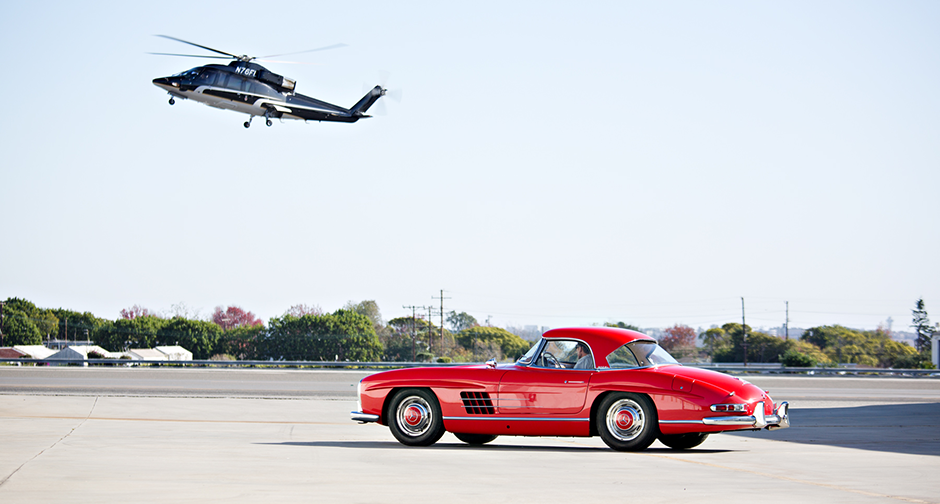

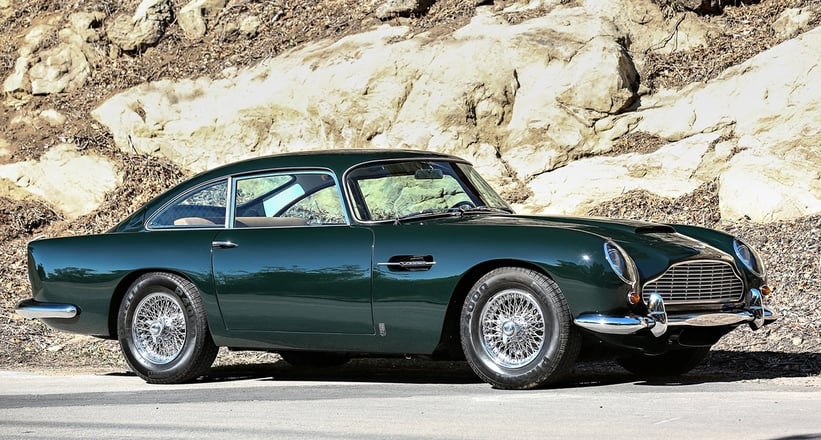
How long has Borro been offering classic car and supercar finance?
We launched back in 2008, but we didn’t offer car loans for almost a year afterwards. Once we were established and comfortable with the market, we began lending and have been ever since.
How has the market, in terms of lending for collectable cars, changed in that time?
Around 2012, we were mostly writing car loans below 100,000 US dollars, but as the years have gone by, we’ve been seeing far more people lending against cars while they wait for their value to appreciate.
In light of recent market adjustments, have you seen an impact on financing?
The crazy figures we all saw in Monterey in 2014 was the peak, but we’ve not seen a material change in the value of our loans or the number of people coming to us since then. Those people who are, say, in the industry and have taken advantage of slight market dips and discovered a bargain are often taking finance out with us to mediate the risk in the time it takes for the car to appreciate further.

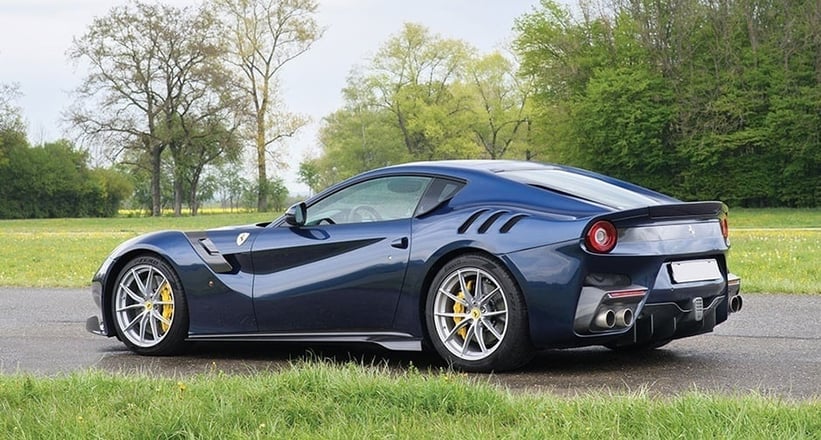

What was your take on the Monterey collector car sales in 2017?
If you look at other luxury asset markets, such as jewellery or art, the numbers were in line with those. There’s almost a pattern with car sales that happens every 10 years or so, where we see vast peaks and then drops — the recent auctions were reflective of this. But the numbers were sensible, and 2014 is long gone. It’s reassuring for us, as it shows some stability in the market.
Have you seen more requests for Porsches in light of their recent spike in demand?
We haven’t seen a tremendous amount — Mercedes-Benz is our most requested marque, followed by Lamborghini, Bentley, Ferrari, and then Porsche. We’ve not seen a fundamental change or wild influx on Porsche lending, but there is certainly a steady flow.
Are there certain levels of lending on which certain marques are more popular?
We often see enquiries for Porsche lending below our minimum value — we typically don’t look at lending below £50,000.
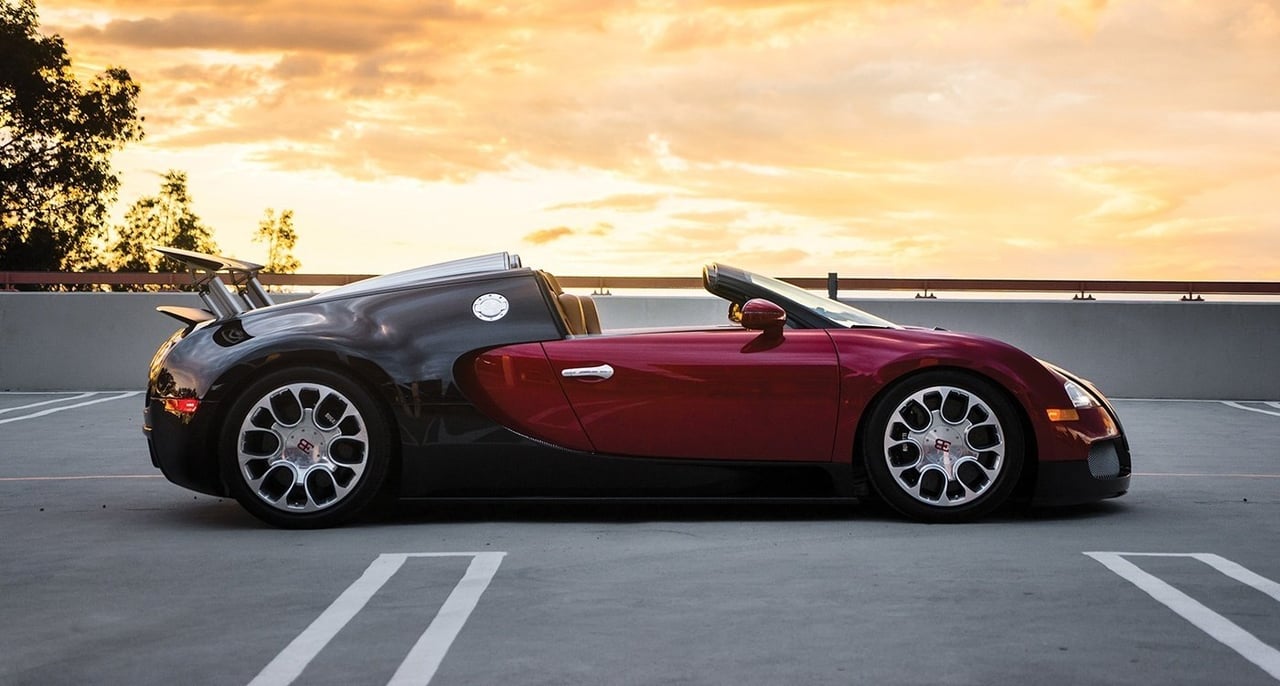

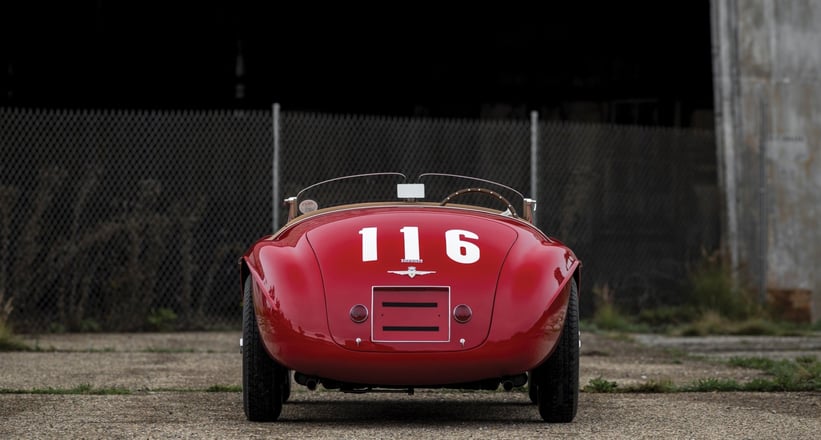
Is your demographic changing?
In the past 12 months, we’ve noticed an increase in female clients, as well as extensive collections looking to lend against their cars.
How do you calculate valuations in this frequently changing market?
We value cars every six months to ensure our lending is on point. We’ve seen quite a bit of fluctuation in the used Ferrari market, with some of the values placed on vehicles at the start of the loan period changing drastically.
Is loaning against your car more common in the classic car world now?
It’s become far more of a normal thing to do now — some collectors used to consider lending against their cars as taboo, but as they’ve started to be viewed more as tangible assets, people have realised that it’s a smart way of securing a loan. If you’re sitting with a multi-million-pound collection and see a great car come up at auction, for example, it’s a great way to leverage against your existing appreciating assets in order to acquire more. When we lend against a vehicle, we’re looking for universal demand. We have a responsibility to sell the car for the highest price possible in a short timeframe, should the loan default, so we find that most loans are actioned against solid and dependable brands and models.
Photos: RM Sotheby’s and Gooding & Company


























